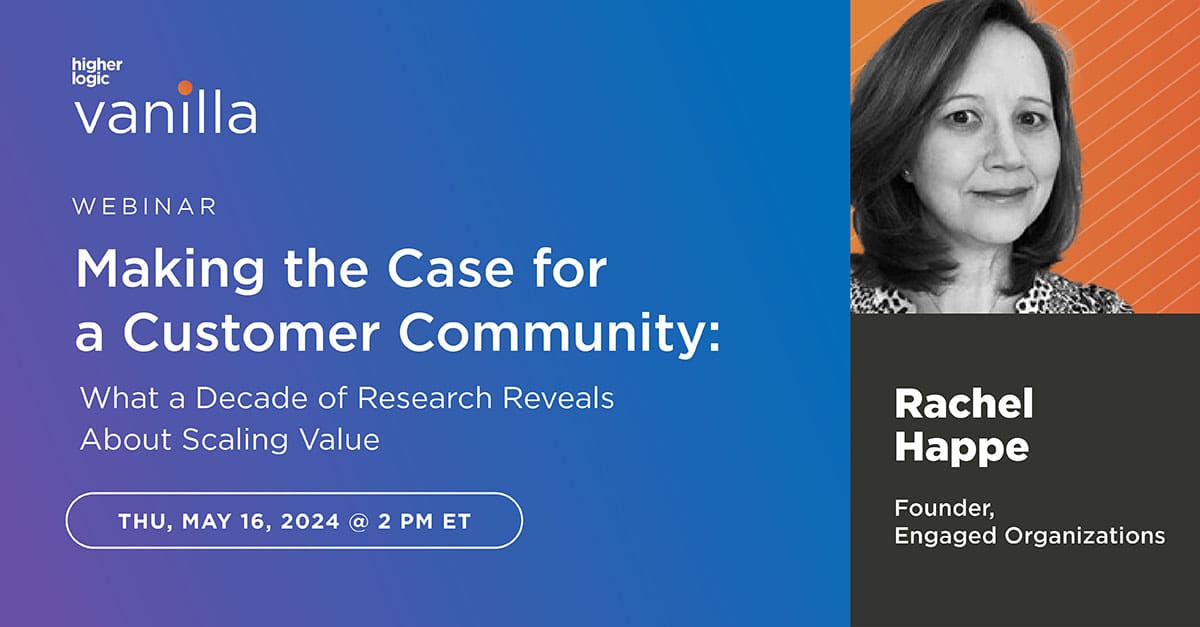Quit Complicating Things: A Happy Customer is a Loyal Customer
Here’s a basic principle we can all agree on:
It’s cheaper to keep a customer than to find a new one.
We all know that. We don’t need surveys (like this one) to tell us that it costs roughly 5 times as much to make a new sale than to sell to an existing customer.
So why are we so surprised by the fact that 1% of a retail website’s visitors generate as much as 40% of its revenue? Stop and reread that. It may shock us at first, but then we exhale and say, “Yea. That makes sense.”
People like to buy from people they like. It’s not rocket science.
That’s why churn is a business’s worse enemy. Dissatisfied customers don’t only hurt our pride, but they ding up our bottom line. Even a modest reduction of 5% in churn can increase businesses’ profitability by 25-125%. Simply stated, it pays to keep customers loyal.
So how can we lower churn and cultivate loyal customers who’ll keep coming back to us?
Drumroll for the unsurprising answer … Customer Service!
It may seem simple, but good old-fashioned customer service skills are what we need more than anything… with a slight conceptual adjustment, of course.
We need to think of customer service and customer loyalty as part of one holistic project that starts before, continues during, and keeps going long after the initial transaction. This project requires the participation of everyone on your team—from sales to support. That’s why it’s called “nurturing” your customer. Ever heard that saying, “it takes a village”?
Here’s what it looks like at each stage in the process:
Before the Sale
A study from RightNow showed that 55% of consumers say easy access to information and support will make them fall in love with your brand. What better way to win people’s affection (and dollars!) than to answer all their questions before they lay down their money?
How to Do That:
- Invest in Customer Self-Service – I’ve written elsewhere about the value of setting up a self-service in customer care. The benefit here is that self-service systems are a treasure trove of valuable content for customers who are on the fence about your product.
- Give Your Sales Staff Support Training – The best salespeople are the ones who can clearly show potential buyers how a product will enrich their lives. How you can help them solve their problems. Help your salespeople go the extra mile in communicating that.
- Treat Potential Customers “As If” – This tip is golden. Ready for it? Act as if your potential customer is an actual one. Treat them not as a sale or a commission, but as a loyal supporter of your organization. That simple mindset shift will get your loyalty project off to the right start.
During the Sale
According to American Express, 78% of consumers have bailed on a transaction because of a bad service interaction. That’s a heck of a lot. Conversely, 73% report that a friendly interaction will not only close the deal but enamour them with the brand. In other words, carry the principles shared above on through the actual transaction, and you’ll help people become loyal customers from the start.
How to Do That:
- Don’t Count Your Chickens – There’s a difference between indicating interest and actually closing the deal. And it’s huge. Just ask an eCommerce site how they feel about abandoned carts. That said, don’t take anyone for granted… ever. Find a way to catch those potential buyers on their way out the door, and keep them.
- Invite and Answer “Stupid” Questions – Assume your customers don’t already know what they need to know about your product. Train your salespeople to cue up the right questions so people understand precisely what they’re getting. If you don’t, customers may feel bamboozled and bail on you. Be ready and eager to deliver all the information your customer needs, at the moment they need it, to close the sale.
After the Sale
67% of customers pin their decision to churn on a particularly bad customer service experience. 82% blame it on poor service overall. The message is crystal clear: don’t stop taking care of your customers just because you’ve successfully sold them something.
How to Do That:
- Follow Up Proactively – Whether you do it by autoresponder or by personal touch, make sure you take an active role in ensuring your customers are off and running with your product. Don’t forget to tailor your communications to speak directly to them – this is often all it takes to make a customer feel valued.
- Educate Customers Liberally – Answer the questions that most customers don’t think to ask. Keep schooling them on why your products and services were made for them. Create FAQs, explainers, and tutorials designed to help take their experience to the next level.
- Respond to Requests Quickly – 42% of people who complain on social media expected a response within 60 minutes. Reasonable or not, that’s the reality. There’s no grey area on this … Time wasted in responding to customer service requests harms customer loyalty. So hop to it.
I’m not saying any of this is the last word on customer loyalty. There are 1,001 things you can do—a reward program, for example—to cultivate customer loyalty.
What I am saying, however, is that all those things are useless if you don’t weave the value of customer service deep into the DNA of your organization throughout the entire sales process, which doesn’t end once your product has been sold.
Let’s talk. How can your organization vamp up its customer loyalty and retention efforts?
{{cta(‘d7b7d2bc-de18-4baf-ae9c-d7a8b5f44618’)}}


